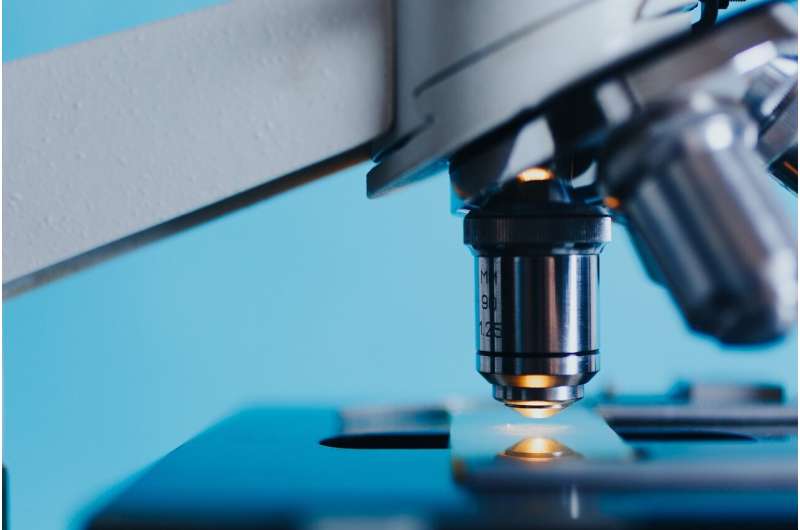Colloidal gel properties under the microscope

Researchers at the University of Tokyo have devised a method for following the gelation of colloidal gels. Their confocal microscopy technique has allowed the different stages of the process to be analyzed, leading to insights into their mechanical stability. It is hoped that the understanding gained using this technique will contribute to the development of colloidal gels in the many fields in which they impact everyday lives, from pharmaceuticals to construction.
Many cosmetics, pharmaceuticals, food products and even building materials are made up of colloidal gels, and as a result, colloidals are widely studied. However, to date, research methods have not been capable of following the complete gelation process. Now, researchers at the University of Tokyo have used confocal microscopy to analyze the process in real time with single particle resolution. Their findings are published in Science Advances.
Colloidal gels consist of two phases intertwined with one another: a solid particle network and a liquid solvent. The result is soft-solid materials with unique properties, including elasticity and mechanical stability, which make them attractive choices for numerous applications. Although these properties have been capitalized upon commercially, they are not completely explained by the theoretical understanding that has been acquired to date.
"Studying colloidal gels that are already formed means that the actual process of gelation remains somewhat of a black box," one of study leading authors Hideyo Tsurusawa explains.
Co-author Mathieu Leocmach says, "By establishing a method that allows us to follow the kinetics of the complete gelation process, we have gained new insight into the origins of the characteristic properties of colloidal gels. Understanding the individual stages of gelation has enabled us to demonstrate a direct link between the mechanical stability of gels and isostatic structures."
Isostatic structures are particles or clusters that experience balanced forces. The researchers found that the point in the gelation process when solidity appears corresponds to the point of isotropic percolation of isostatic structures through the gel. Their comparison of the differences in percolation behavior between low and high concentration gels suggested that the space-spanning percolation of isostatic structures are directly linked to mechanical stability.
"The real time nature and resolution of our technique have resulted in a depth of understanding that was not previously achievable," study corresponding author Hajime Tanaka explains. "We hope that the enhanced insight will be useful for researchers working to address complex mechanical and rheological issues across the wide span of colloidal gel applications."
More information: "Direct link between mechanical stability in gels and percolation of isostatic particles" Science Advances (2019). DOI: 10.1126/sciadv.aav6090 , advances.sciencemag.org/content/5/5/eaav6090
Journal information: Science Advances
Provided by University of Tokyo




















